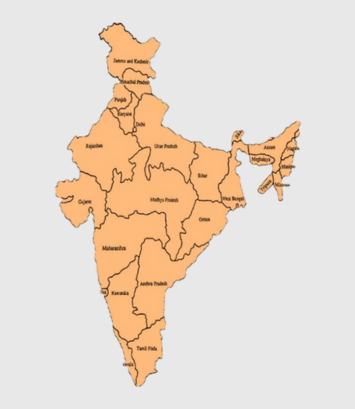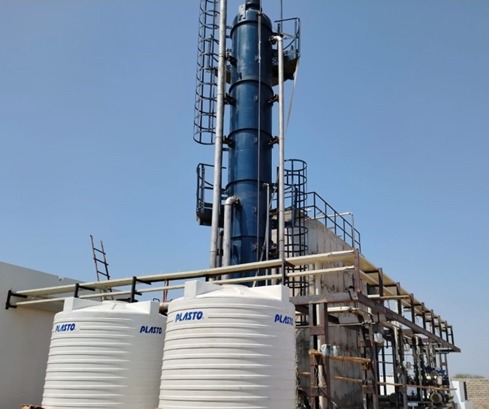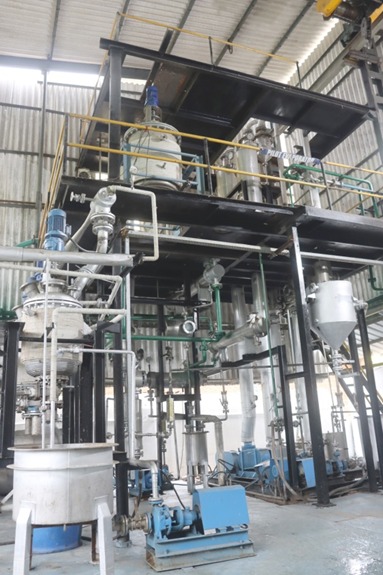Bio Fractionation Technology
A Low-Cost, Eco-Friendly Approach for
Renewable green Energy
Biogas production is renewable energy source and offers promising
avenue for meeting energy demands while curtailing and reducing greenhouse gas emissions.
India’s First CBG Production Patented technology from Multiple Feed Stock with ‘HIGHEST THROUGHPUT’ announces its first Commercial Plant :
Our Consistent Efforts in the Field of Research and Development have led to the Establishment of the First Patented Commercial Plant in India, Gujarat which is our Self-Owned and Self-funded Unit, which will utilize various and Multiple Feed Stocks for Compressed Bio-Gas Production along with the related by-products converted to Value Added High-Cost Ligno-Cellulosic Biomass products and Rich Natural Fertilizers.

Plant Location: Dudapur, Surendra Nagar
Distance from NH 947: 200 m
Biomass Collection Centers:
Average Distance from Plant: 50 Km

Plant: Dudapur, Gujarat
Corporate Office: Ahmedabad, Gujarat
The Research


The research explores the potential of Multiple Feed Stock for biogas production. Unused Grasses and Plants like Napier grass is identified for its rich organic composition, particularly high levels of digestible organic matter, carbohydrates, and proteins, making it an ideal candidate for sustainable energy generation.
Conducting composition analyses on grass samples from various regions across Gujarat and Maharashtra, the study reveals significant cellulose and xylan content alongside low ash, enhancing its biogas production potential. Additionally, field studies underscore the grass's fast growth, high yield, and minimal nutritional and water requirements, thriving under diverse conditions and growth on marginal lands at an impressive average of 120 to 150 metric tons per acre.
The investigation into wet and dry grass for biogas values involves harvesting fresh grass after 5 weeks of plantation, shredding it into 2-3 mm pieces, and subjecting it to anaerobic lab-scale and pilot-scale mesophilic biodigesters with varying solid concentrations (10% to 15%). Results indicate a positive correlation between solid concentration and biogas production, with the highest yield achieved at 15% solid concentration, featuring a methane content exceeding 64%.
Beyond energy production, this low-cost technology promotes a circular economy by recovering biodegradable material, minimizing energy loss, and generating bio-fertilizers. This, in turn, alleviates pressure on water resources, enhances water quality, and improves soil fertility through the recirculation of organic agro-industrial waste. Furthermore, the technology's implementation in rural communities creates job opportunities, fostering socio-economic development.
The research demonstrates biogas production from various grass sources presents a promising, eco-friendly solution contributing to a circular economy. The technology not only provides a cleaner alternative to non-renewable fossil fuels but also addresses environmental concerns by reducing water consumption, improving soil health, and fostering sustainable rural development.



